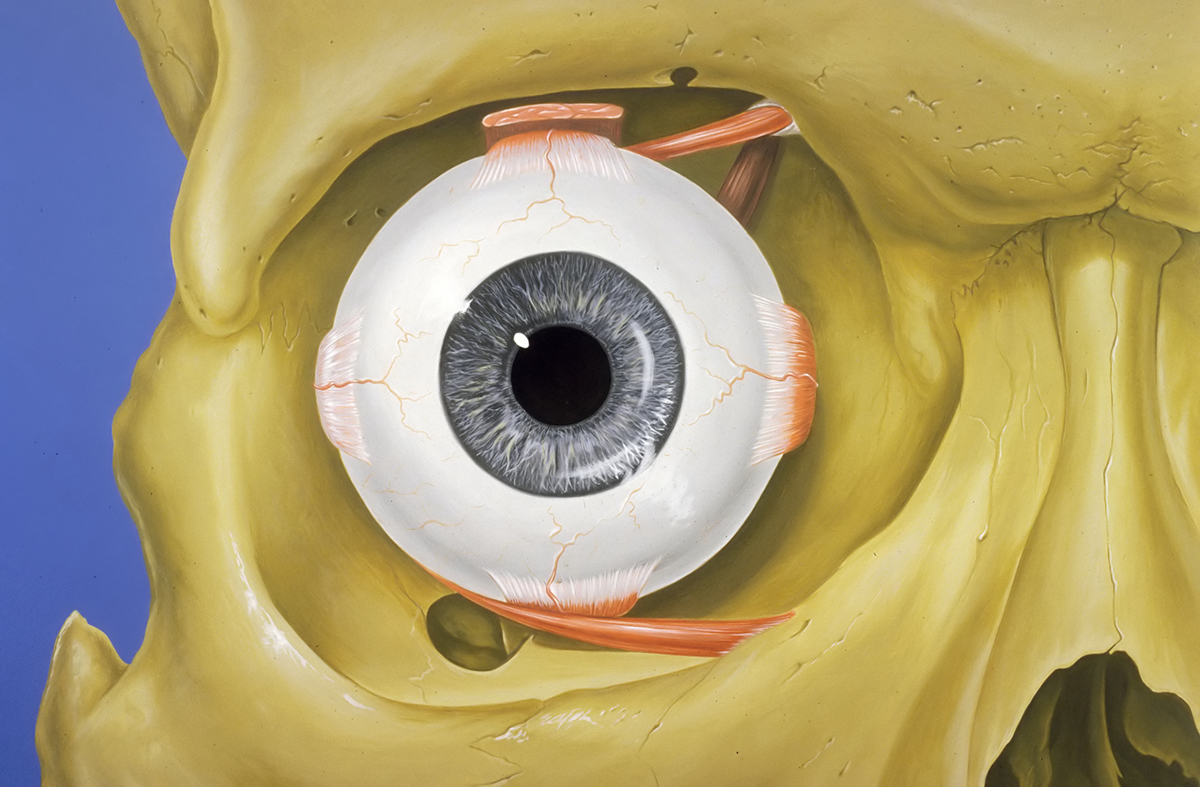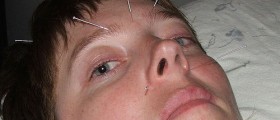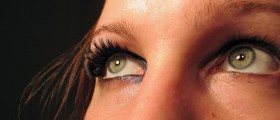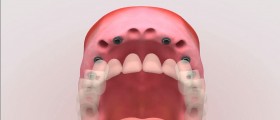
Surgery to repair eye muscles
The eye muscle repair is a certain type of surgical intervention which is performed in order to get rid of all different problems which cause the crossed eyes. This medical condition is medicinally referred to as strabismus. The procedure is performed so that the eye muscles can get placed in their proper position, and allow the eyes to move in their correct way. This type of procedure is usually performed in children who have problems with eye misalignment, but there are cases of adults which sometimes require the surgery. In most cases, the procedure is performed under general anesthesia, so the patient is asleep and does not feel any pain. Some cases may call for a surgery only on one eye, but there are also cases in which the surgery needs to be performed on both eyes. Once the anesthesia affects the patient, the surgeon first makes a small cut in the clear tissue which covers the whites of the eyes. For those who do not know, this tissue is referred to as the conjunctiva. Once the cut is made, the surgeon then locates all the muscles that require the surgery. In some cases, the surgery is performed to weaken the muscles while in some others the surgery needs to be performed so that the muscles can be strengthened. When the muscle needs to be weakened, it usually gets reattached to a point which is a little bit farther toward the back of the eye. This type of surgical intervention is referred to as a recession. In cases when the muscles need to get strengthened, a section of the tendon or the muscle in question needs to be removed so that it becomes a little bit shorter. This is a separate step of the entire surgical process and it is medicinally referred to as a resection. This is the way the surgery is performed in children. As far as adults are concerned, the procedure is similar, although it involves a numbing medicine which needs to be injected around the eye in order to block the painful sensations. In cases of adult surgery for the weakening of the muscle, the surgeon needs to use an adjustable suture which enables certain minor corrections to be performed later on. Strabismus is a medical condition which in most cases can be taken care of by using glasses or performing certain types of eye exercises. The surgical procedure is only performed when these basic means of treatment fail to deliver any success. One should be aware that, as is the case with most different types of surgical interventions, the eye muscle repair may sometimes be associated with certain types of risks. The main risks for any type of surgical intervention are different sorts of infections and bleeding. Risks associated with any type of surgical procedure which involves anesthesia include different sorts of breathing problems and reactions to anesthesia medicines. There are also several other complications which may occur in some cases of eye muscle repair and those include wound infections, permanent double vision and damage to the eye. In most cases the eyes are straight right after the surgery. It is very important not to rub the eyes for quite some time following the surgery. Drops and ointments are used in order to prevent infections.
Six muscles of the eye
There are six muscles which are in charge of controlling themovement of the eye, and they are often referred to as muscles of the orbit. Thereare four main muscles which control the movement of the eye in the four basicdirections which include left, right, up and down. There are two more muscleswhich are in charge of counteracting the movement of the head. There is onegood way of remembering which muscles are used for what. One simply needs toparaphrase the molecular equation which is LR6SO4R3. This means that lateralrectus is connected to the cranial nerve VI, superior oblique is connected tothe cranial nerve IV while the other four muscles are connected to the cranialnerve III. It may also be of great help if one could understand the meaning ofthe Latin words used in the names of the muscles. The sixth cranial nerve iscalled the abducens, because it abducts the eye once it gets contracted and itcontrols the lateral rectus. The fourth cranial nerve is also sometimesreferred to as trochlear, from the Latin word trochl which means pulley. The superioroblique which it innervates actually runs through a little fascial pulley whichis in charge of changing the direction in which it pulls. The third cranialnerve controls all the other muscles and it is also sometimes referred to asoculomotor. Oculo is the eye in Latin and motor means that it is in charge ofmovement.

















Your thoughts on this
Loading...